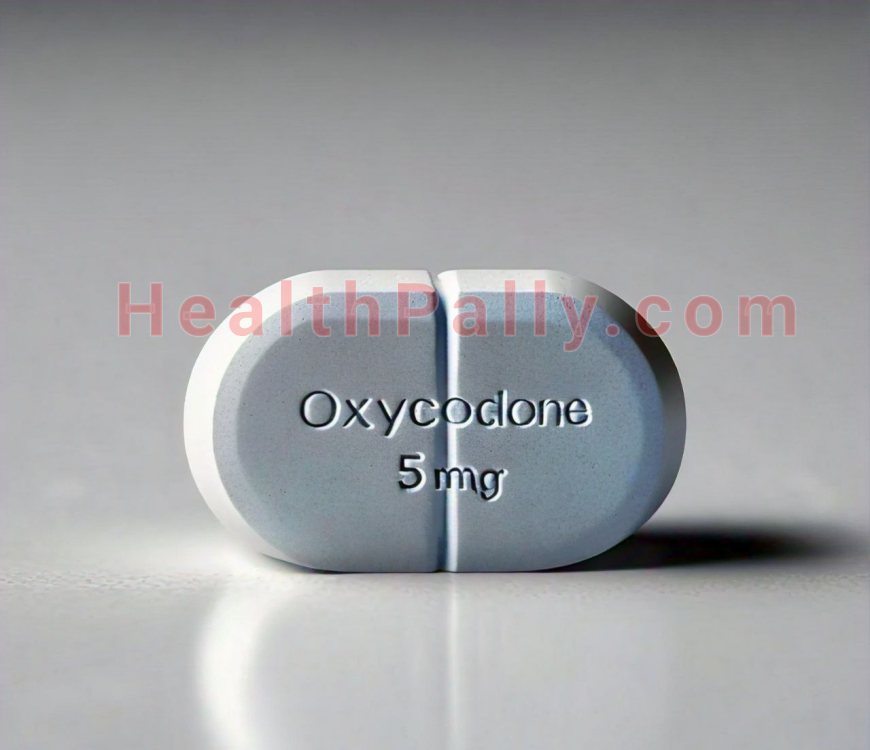What is Oxycodone
Oxycodone drug enhances these receptors as an opioid agonist without any antagonistic effect.
Its therapeutic effect is mainly analgesic and sedating. As with other drugs regarded as opioids, the use of oxycodone is associated with the risk of developing addiction.
Where to buy Oxycodone
Oxycodone can be purchased in local pharmacy or health store in US, and in other countries where there’s no law restricting its sales.
However, like many other opioids, these drugs are abused, therefore, physician’s prescription note is often required before it can be sold to you from health store.
In some countries, oxycodone is banned and it’s not available for sale in a public health store but can be purchased in clinic’s pharmacy store.
Oxycodone is well administered to relieve patients from pain, especially after they have undergone surgery.
5 mg to 10 mg of Oxycodone are usually more available than other doses, and you can walk in any quality health store in Los Angeles or Phoenix in US for example to buy this painkiller.
While it’s not advised to self-medicate with Oxycodone, you can buy the drug online from popular health stores.
While some online pharmacy store may require you to scan your doctor prescription note, there are a few affiliates that can dropship this drug and sell to you.
HealthPally is a partner of an health store where you can get it on-demand.
How Oxycodone drug works
Oxycodone is available in various drug forms – including tablets, capsules, prolonged-release tablets, suppositories and injection solutions.
There is also a combination preparation that also contains the opioid antagonist naloxone.
After taking Oxycodone, the absolute bioavailability of the drug is between 42 and 87 percent, that is the maximum plasma concentration that is reached after two hours of ingesting it.
In some cases with prolonged-release tablets, the full plasma concentration can be reached after three hours.
In this case, the absorption of the ingredients of the drug into the bloodstream takes place in two phases with an initially relatively short half-life of forty minutes for the smaller part of the amount of active ingredient.
The second absorption phase is slower and lasts about 6.9 hours.
The protein binding of oxycodone is also between thirty eight to forty five percent while the the half-life is between four to six hours.
Oxycodone is metabolized in your small intestine and liver through the P450 cytochrome system to noroxycodone, oxymorphone and other glucuronide conjugates, and the waste is released mostly through the kidney – thirty-three to sixty-one percent of the waste.
How to use Oxycodone
Oxycodone is mainly produced in the tablet form. The tablets are coated so it’s not readily available for digestion.
You’re advised to talk to your physician before taking Oxycodone. While it’s very effective as a painkiller, the dosage should be adjusted according to the severity of the pain.
Oxycodone is administered according to the intensity of the pain and the sensitivity of each patient. Oxycodone administration is personalized – this is when the efficacy of the drug can be felt by the patient.
If you’re not used to the drug, it is advisable you take 10 mg of Oxycodone every 12 hours, that is twice a day.
You should be relieved in two days, and if not feeling any sign of recovery, you should consult your doctor immediately.
An overdose of oxycodone can lead to reduced function of the respiratory center, a drop in blood pressure and reduced tension in the skeletal muscles.
Circulatory failure, unconsciousness and respiratory paralysis are also possible. If you have taken too high a dose of the active ingredient, you should therefore always notify a doctor immediately.
Possible side effects of oxycodone
The most common negative effects taking oxycodone drug such as fentanyl , methadone, morphine, tilidine or tramadol are are nausea, Dyspnea, vomitting, dizziness, Bronchospasm, Itching, tremor, loss of appetite, Weaknesses, headache, sedation, and constipation.
Also, there may be respiratory depression, miosis, spasms of the bronchial muscles and a dampening of the cough reflex, Dry mouth, psychological side effects like changes in mood, confusion, gastrointestinal complaints, Skin symptoms such as rash, rarely increased photosensitivity.
If you’re taking oxycodone drug, you should avoid drugs that have an effect on the central nervous system especially,opiods, sedatives, hypnotics, antidepressants, phenothiazines, neuroleptics, anesthetics, muscle relaxants, antihistamines and antiemetics.
The use of oxycodone during pregnancy and breastfeeding should also be avoided as much as possible, as this can lead to respiratory depression.
Interaction
Oxycodone must not be taken if there is hypersensitivity to the active ingredient. In addition, the opioid may not be used by patients with the following conditions.
- severe respiratory depression
- intestinal paralysis.
- COPD or bronchial asthma.
- pregnant or breastfeeding mother.
- Acute, severe abdominal pain
Also, if you have any of the below conditions, you should only take oxycodone only of it’s recommended by your physician.
The doctor must have assessed your health records and weigh the benefits and possible side effects before administering the drug.
- Functional restrictions or diseases of the liver, kidneys, pancreas, gall bladder, lungs, adrenal cortex, thyroid or prostate
- Obstructive Inflammatory Bowel Disease
- Circulatory dysfunction
- Alcohol or opioid addiction
- epilepsy
Conclusion
Oxycodone is a painkiller drug sold under OxyContin company, and it’s very effective against mild to sharp pain in your joint and head.
Oxycodone is the major ingredient in opioids and other pain reliever, and it’s available in the tablet form only.
It is taken orally and it’s available in the immediate-release and controlled-released form.
Both forms are effective, and each of the form is advised by a doctor upon the evaluation of the patient’s health statistics.
